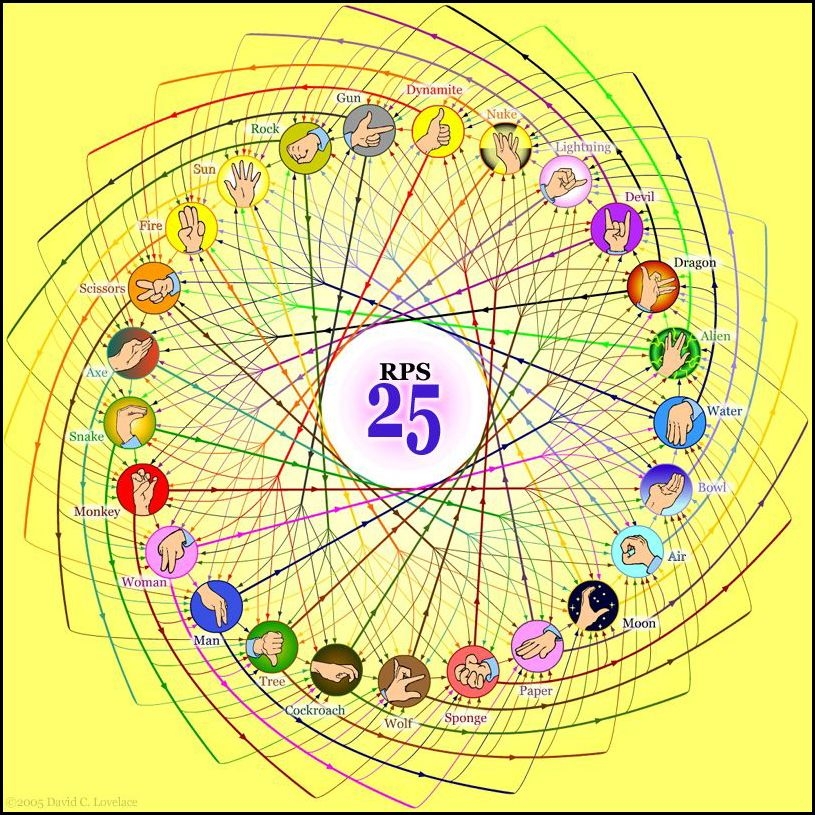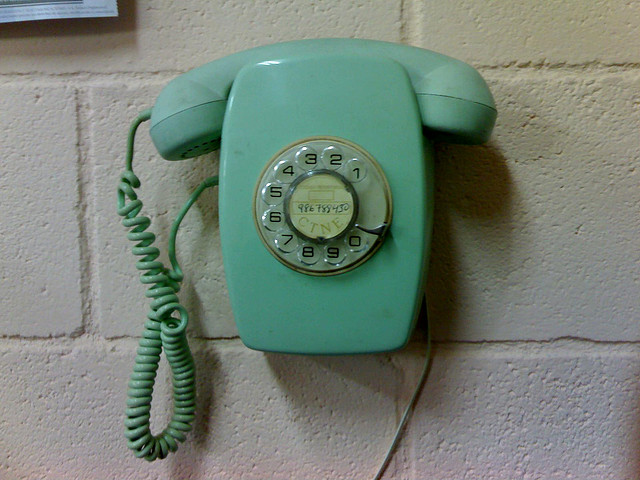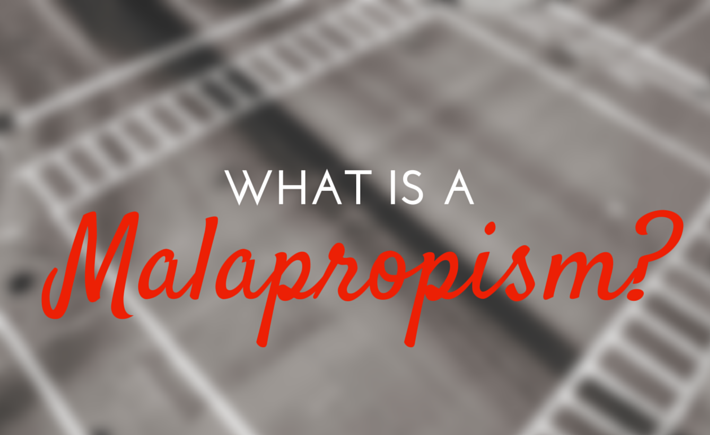Rock, Paper, Scissors… Robot???
The game rock-paper-scissors is well known around the world. We’ve all used it as a choosing method, or simply as a game! The easiest version is played between two people. Both players choose one of the three shapes for one of their hands, and reveal their choice at the same time, hoping their choice beats their opponent.
It’s nearly impossible to gain an advantage over your opponent, unless you wait long enough to identify their choice before you make yours, but the chances are that they will realise your cunning plan and call you a cheater!
This game is not simply a choosing game. There are mathematicians dedicated to constructing algorithms for the best strategy to win, and scientists devoted to creating unbeatable robots! In fact, researchers at the University of Tokyo have created a rock paper scissors robot that wins at rock-paper-scissors 100% of the time.
What is Juno?
There has been a lot of excitement about the Juno probe this week, but what is it and what is its mission?
What is Juno?
Juno is a spacecraft designed and operated by NASA, the US space agency. It was launched from Cape Canaveral on the 5th August 2011 and has taken almost 5 years to travel the 716 million kilometres to Jupiter, the largest planet in our solar system. Juno is 3.5 metres in height, and when its solar arrays are extended it’s more than 20 metres across. These arrays are covered in more than 18,500 solar cells, which allows Juno to operate even when it’s at such a great distance from the Sun.

(Image: NASA)
Why is it called Juno?
In Roman mythology Juno was the Queen of the gods. She was married to the king, Jupiter, who wasn’t always well-behaved. Juno had to peer through the clouds to discover what he was up to; the spacecraft is called Juno because it will be looking beneath the clouds that cover the surface of the planet Jupiter.
Aboard the Juno craft are 3 models of Lego minifigures: Jupiter, Juno and Galileo, who discovered in 1610 that Jupiter had moons.

From left to right: Galileo, Juno and Jupiter. (Image: NASA/JPL-Caltech/LEGO).
What is it looking for?
Jupiter is enormous; it’s two and a half times larger than all the other planets in our solar system combined. It’s made entirely of gases and is believed to have no solid surface. The planet rotates at an immense speed, completing one rotation every ten hours, and telescopes have shown us that it has a cloudy atmosphere with colourful spots and stripes. The largest of these, known as the Great Red Spot, is a storm that is several times the size of Earth and has been raging for more than 300 years.

Jupiter. The Great Red Spot is clearly visible. (Image: NASA).
This mission is the first time that humans will be able to glimpse what lies beneath Jupiter’s cloudy atmosphere. The main objective is to understand how the planet formed and evolved, which will give us more information about the formation of gas giants as well as the rest of the solar system. Juno will also measure the quantities of water and ammonia within the atmosphere, examine the magnetic field that surrounds the planet, observe any polar auroras and measure the gravity to see whether a solid core may exist after all.
For more information about the Juno mission you can watch this video from Nasa, and have a look at the Juno mission webpage.
6 Sounds That Your Parents Will Recognise but You Won’t
I recently discovered an old phone in an antique shop and realised that today’s kids wouldn’t recognise the sound of the dial turning.
It got me thinking about the other sounds that have disappeared with the advent of new technology. Have a listen to these sounds and try to work out what they are.
What is a Malapropism?
You may not have had the term ‘malapropism’, but I am sure you know what a malapropism is when you hear it! It is when you get one word mixed up for another and as a result change the meaning of a sentence completely.
For example you might mean to say to your friend, “I’m bored, let’s go watch telly”, but what you actually say is, “I’m bored, let’s go eat telly”. 🙂
What is a malapropism, and why does it have such a funny name?




